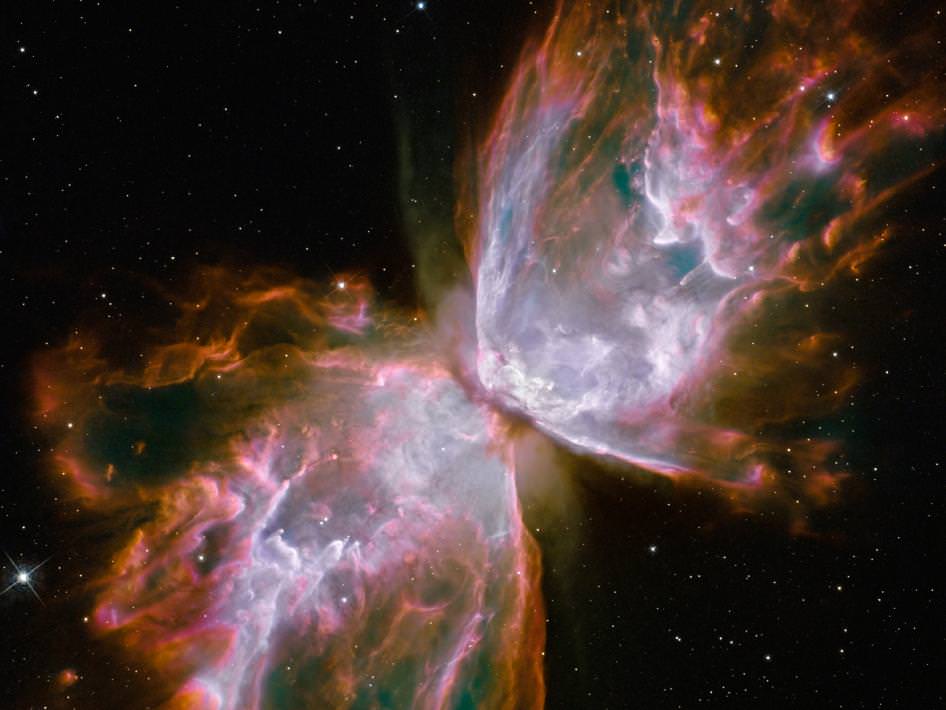The Butterfly Nebula is changing, and astronomers are puzzled as to why these changes are occurring. Observations of this planetary nebula show dramatic changes in the butterfly’s ‘wings’ in just 11 years.
“I’ve been comparing Hubble images for years and I’ve never seen anything quite like it,” said Bruce Balick, a professor emeritus of astronomy at the University of Washington.
Continue reading “Why Does the Butterfly Nebula Look Like This?”

